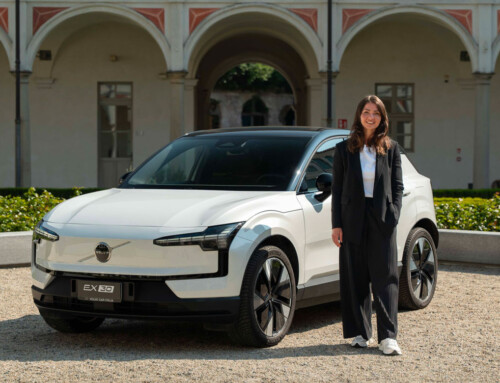The New York exhibition at the Cooper-Hewitt National Design Museum Extreme textiles: Designing for High Performance, open until January, reflects on the extraordinary development of textiles in design. Curated by Matilda McQuaid, who is responsible for the Museum’s textiles department, the exhibition is an excellent opportunity for reflecting on the relationship between design and technological research, but also on the specific role played by materials in the development of innovative products, services and systems.
 [/imageframe]
[/imageframe]Whether natural or synthetic, textiles have experienced an incredible evolution, which has transformed them from practically indifferent surfaces, used to arbitrarily cover bodies and objects, into veritable complex interfaces with physical, tactile and visual functions. Many contemporary products have, for example, proposed surfaces potentially open to emotive interpretation, based on the influence of colour and tactile sensation on the mood. Connected to the appearance of new materials and technologies, the design of surfaces thus offers fertile ground for technological cross-pollination between totally unrelated sectors.
 [/imageframe][separator style_type=”none” top_margin=”” bottom_margin=”” sep_color=”” border_size=”” icon=”” icon_circle=”” icon_circle_color=”” width=”” alignment=”center” class=”” id=””]
[/imageframe][separator style_type=”none” top_margin=”” bottom_margin=”” sep_color=”” border_size=”” icon=”” icon_circle=”” icon_circle_color=”” width=”” alignment=”center” class=”” id=””]Thanks to these high-performance textiles, it has been possible to develop products that are stronger and lighter, faster and safer, or capable of reacting and adapting to the conditions in which they are used. The exhibition adopts an interesting methodological approach which places experimental areas, such as systems of power and technological interconnection, alongside commonly used objects where technical fabrics are concealed inside a downhill ski helmet, the saddle or wheel of a bike, a marine cable or a parachute.
The article continues in Auto & Design no. 155










